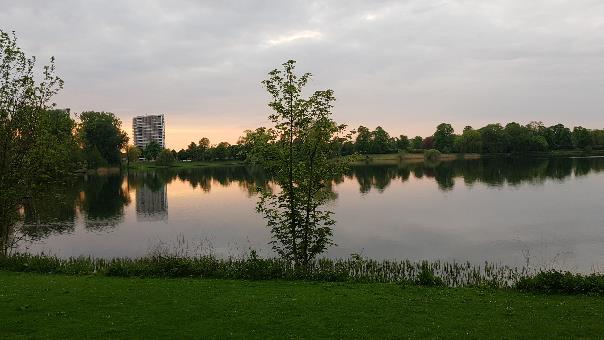It is important to consider the future use of borrow pits for water storage when the siting of these pits is first decided. Obviously, the siting is guided by the availability of source material for road construction, proximity to the road, and arrangements for acquiring borrow sites. When several potential sites are available, the following considerations should be used if the borrow pit is to be transformed later into a water storage structure:
- The borrow pits should be close to areas where people reside, or where there is interest in irrigation. Care should be taken to balance different possible uses. In some pastoralist areas, for example, there are concerns that converted borrow pits may attract non-pastoralists and create conflict. In pastoralist areas, moreover, it is important to plan the location of water resources, including borrow pits, taking into account rangeland potential so as not to create an imbalance between grazing area and livestock numbers. 1
- There is often a choice to be made between having one relatively large borrow pit or several smaller pits. The choice for more but smaller borrow pits is often preferable in areas with dense populations: it will create more local storage at shorter distances. A larger borrow pit may be a more secure source of irrigation water, particularly if combined with water-saving measures (van Steenbergen 2017).
- In general, it is important to consider the local drainage pattern and to position borrow pits optimally so that they can capture surface water flows, optimize their contribution to recharge, or collect seepage flows. For instance:
- The ideal location of a borrow pit in dry, sloping areas is often on the downslope of the road for a number of reasons:
- Culverts and other road drainage structures can supply borrow pits located on downslopes with runoff. When built on an upslope, there are fewer opportunities to direct flows into the borrow pits through the road drain. However, in some areas the water flow may be impeded by road embankments and may consequently have to be guided to an uproad storage pond (such as a converted borrow pit).
- There is usually more and flatter land for productive use on the downslope side of a road.
- In areas with high groundwater tables where seepage flows can supply borrow pits, these are best located on the river side of roads where groundwater stocks are more secure. It is always useful to investigate and consult the local population to identify where groundwater availability is reliable.
- The ideal location of a borrow pit in dry, sloping areas is often on the downslope of the road for a number of reasons:

